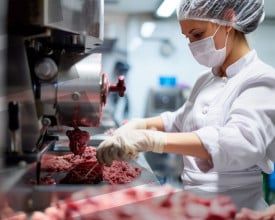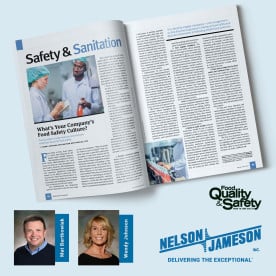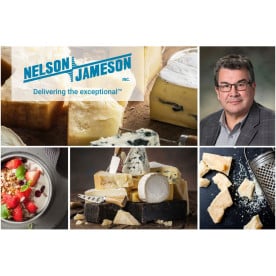Monthly Archives: November 2013
- November 26, 2013
At some point while finishing up a pumpkin spice waffle and reaching for my cup of pumpkin spice coffee, I realized I had gone off the deep end. Alas, based on some recent reports, it seems like I am not alone in my dependency on all things pumpkin. USA Today, The New York Times, and other media outlets have picked up on the pumpkinpalooza that can be found in coffee shops, grocery stores, restaurants, gas station kiosks, and beyond. From potato chips (yes, indeed) to vodka, Americans are engaged with the gourd...or are they?
- November 20, 2013
In the food industry, we have heard many voices demanding, “Protein!” Protein definitely is an important topic when it comes to nutrition. Proteins are a necessary and important part in the functioning and repair of the body. In addition, protein has received a lot of attention in the diet world. Protein-rich diets are popular with consumers that may be looking to lose or maintain their weights, as protein can make you feel full longer throughout the day.
With such benefits, it can be easy to see why consumers are enamored with this powerful, potent “P.” Still, there are some important qualifiers that need to be taken into account when focusing on protein in the diet.
First, generally, protein intake is far from
- November 13, 2013
Are you one of our hobbyist customers that makes your own cheese, brews your own beer, etc. for non-retail use? If you are one of these small operators/hobbyists and you





